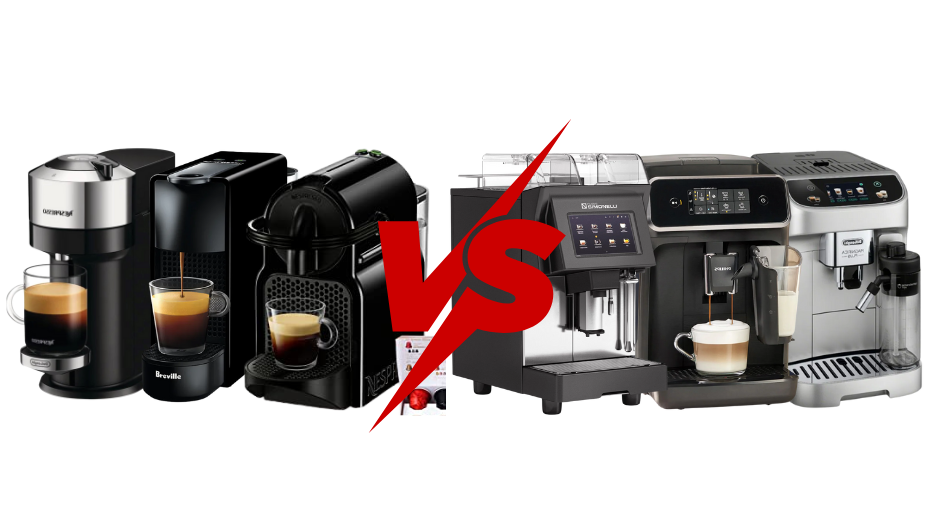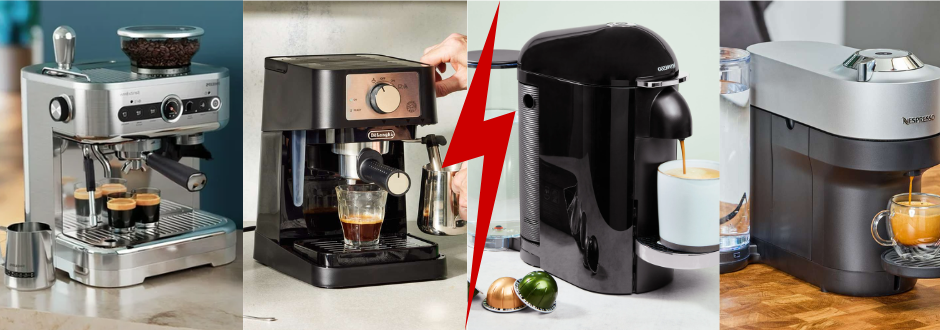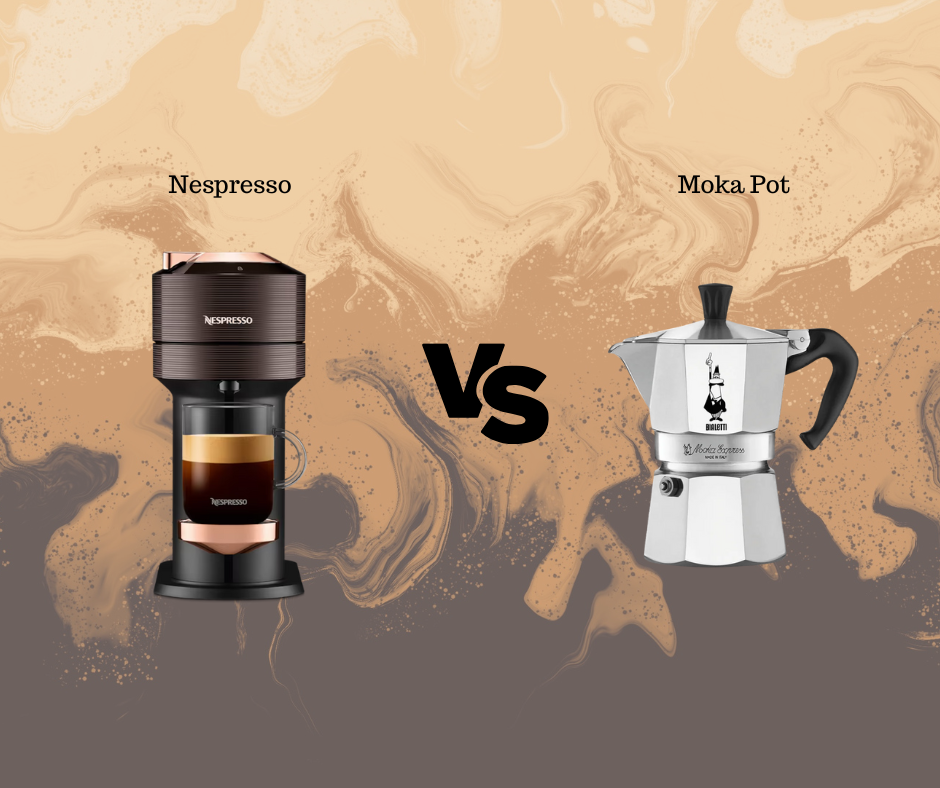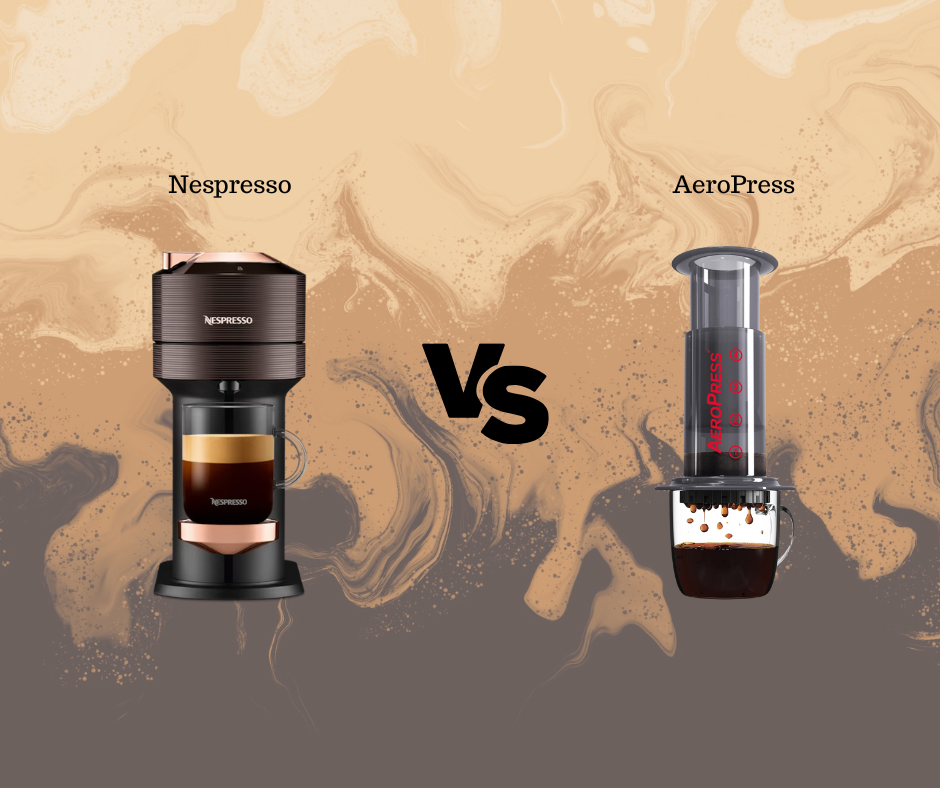Brazil is the giant of the coffee world—both in scale and influence. As the largest coffee producer on the planet, Brazil supplies much of the coffee used in espresso blends around the globe. But this isn’t just about volume. Brazilian coffee is beloved in the espresso world because of its low acidity, creamy body, natural sweetness, and consistent reliability.
In this article, we explore why Brazilian coffee for espresso is a favorite among roasters, what regions and processing methods matter most, and why they’re a foundational element for any serious espresso enthusiast.
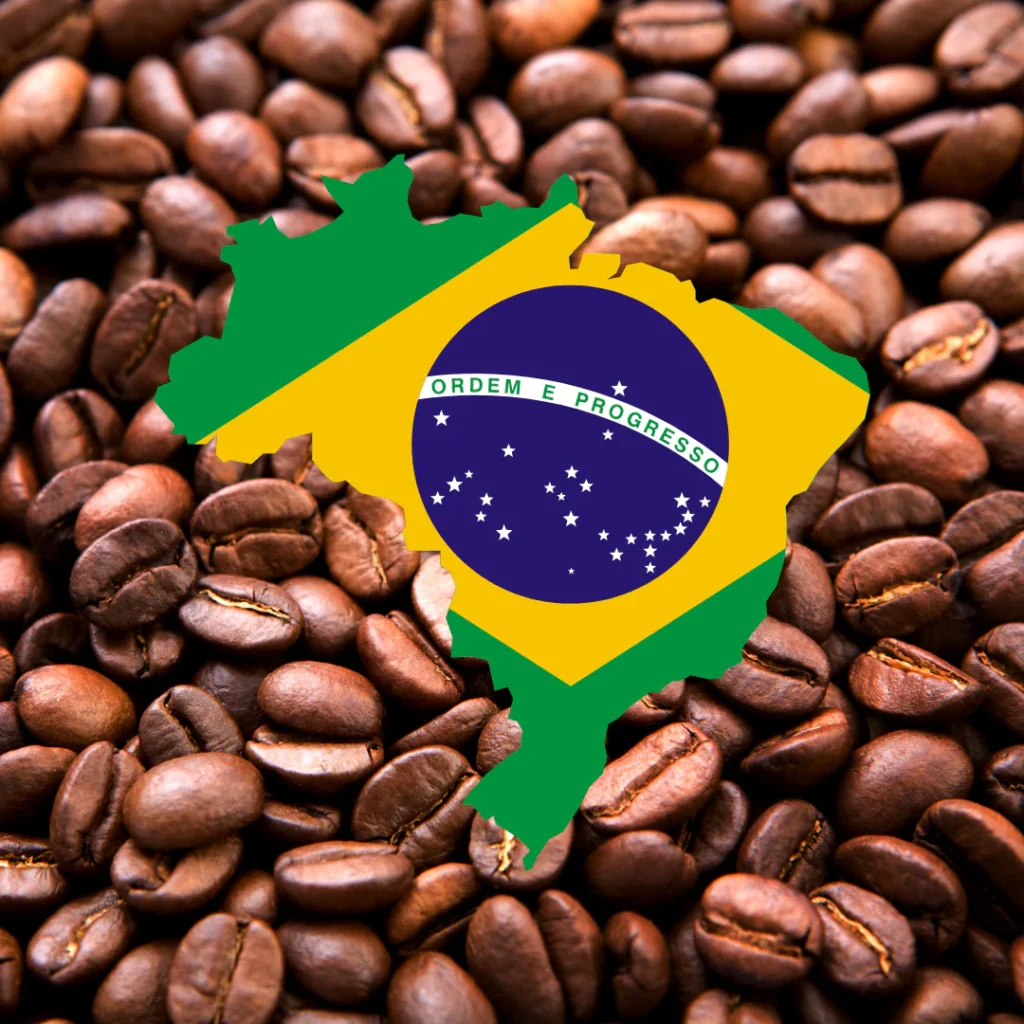
Why Brazil Is Synonymous with Espresso Blends

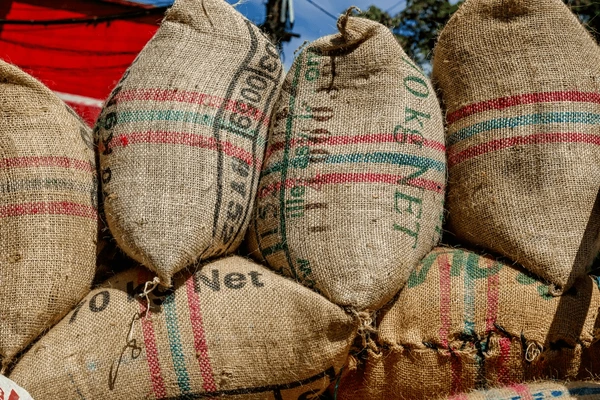
Brazil accounts for roughly 40% of the world’s coffee supply, and it’s been essential to espresso since the drink’s early days in Italy.
Here’s why Brazilian coffee fits so well into espresso profiles:
• Low, mellow acidity
• High natural sweetness
• Dense body and mouthfeel
• Reliable bean quality and availability
These traits make it ideal for both straight espresso shots and milk-based drinks like cappuccinos and lattes.
Brazil’s Coffee Regions and Their Espresso Profiles

Sul de Minas (Minas Gerais)
- Flavor: Chocolate, nutty, creamy
- Espresso Behavior: Full-bodied, low acidity, ideal for blends
Cerrado Mineiro
- Flavor: Caramel, roasted almonds, cocoa
- Espresso Behavior: Balanced and sweet, works well as a single origin
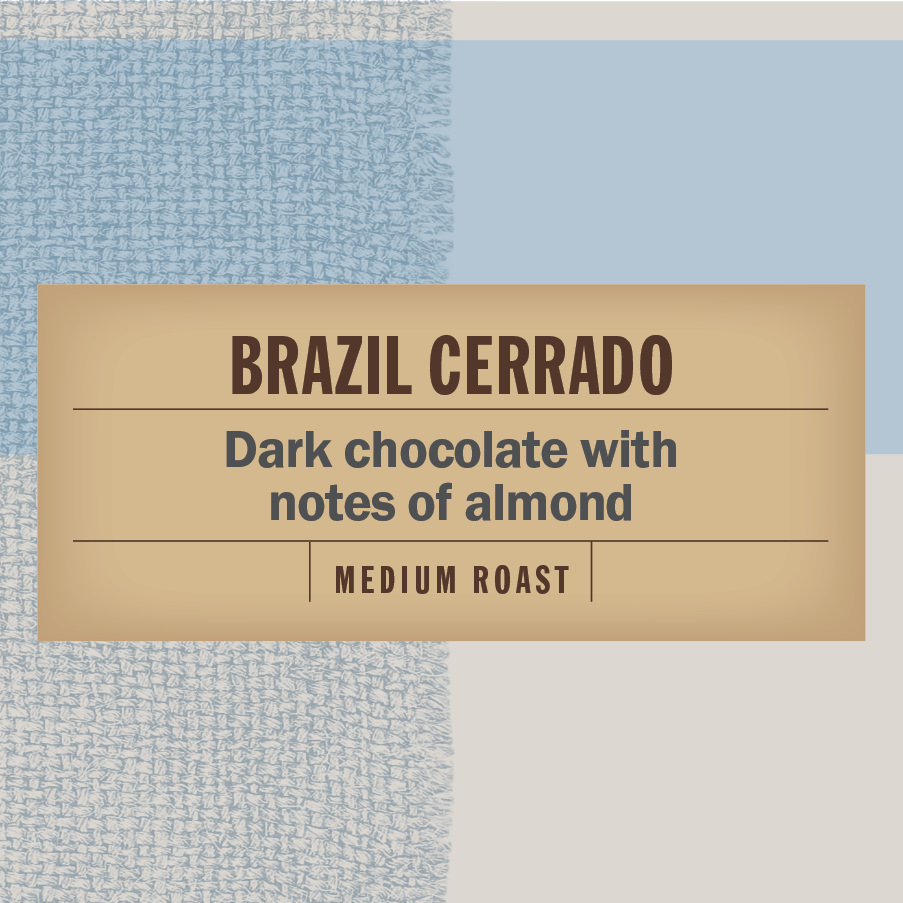
Mogiana (São Paulo)
- Flavor: Brown sugar, dark chocolate
- Espresso Behavior: Medium body, consistent flavor, excellent crema
Bahia
- Flavor: Honey, dried fruit, soft spice
- Espresso Behavior: More delicate, great for adventurous palates
Common Processing Methods and Their Impact

Natural Processed Brazilian Coffee
- Dried in cherry
- Offers fruity sweetness, syrupy body
- Can add complexity to espresso but needs careful roasting to avoid fermented notes
Pulped Natural (Honey Process)
- Mucilage left on during drying
- Balances clarity and body
- Extremely popular for espresso due to clean, sweet flavors
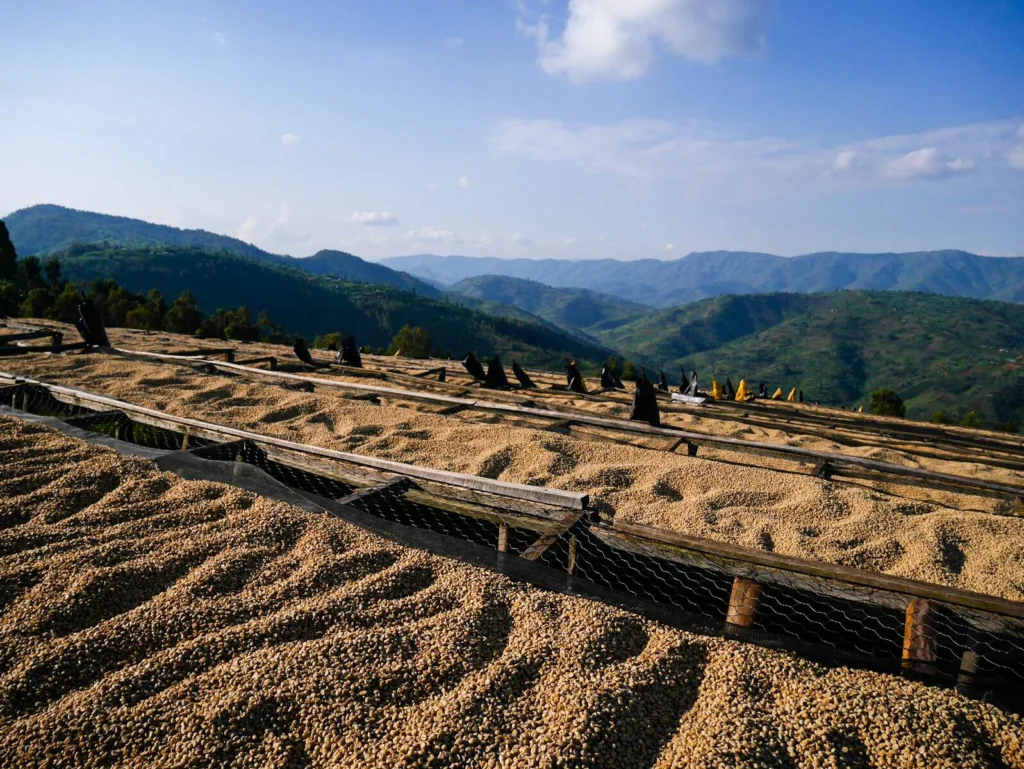
Roast Profile and How It Supports Espresso
Brazilian beans are typically roasted to a medium or medium-dark profile, optimizing:
- Caramelization of sugars
- Reduction of sharp acidity
- Amplification of body and texture
Avoid going too dark unless you’re aiming for heavy crema and bold, smoky notes.
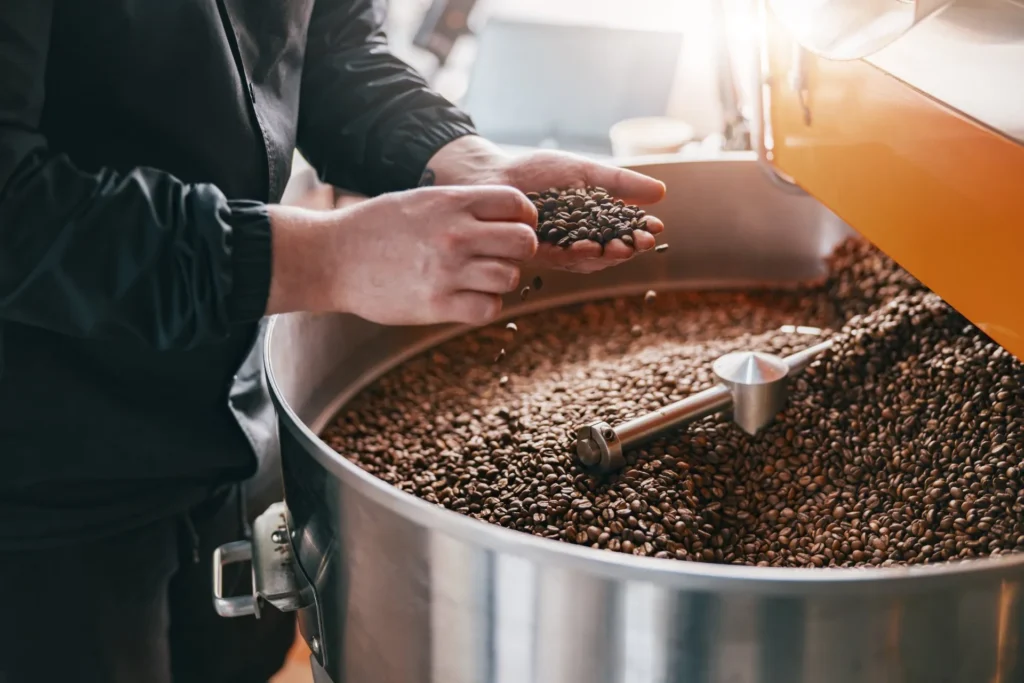

Flavor Traits of Brazilian Coffee in Espresso
What Brazilian espresso offers:
- Low acidity: No harshness, easy on the palate
- Rich body: Creamy, syrupy texture
- Sweetness: Nutty, brown sugar, milk chocolate
- Crema: Thick and golden due to high oil content
These attributes make it a crowd-pleaser and an espresso workhorse.

Dialing In Brazilian Beans for Espresso

Starter Recipe
- Dose: 18g
- Yield: 36g
- Time: 26–30 seconds
- Temp: 198–200°F
- Grind: Medium-fine, watch for clumping with naturals
Tips for Better Extraction
- Brazilian naturals may create more channeling—distribute well
- Watch for crema expansion, especially with fresh roasts
- Great with pre-infusion to avoid sourness
Brazilian Coffee in Classic and Modern Blends
Most espresso blends—especially Italian-style—use Brazil as the base. Its body, sweetness, and low acidity allow it to:
- Carry other origins (like Ethiopia, Sumatra, Guatemala)
- Pair well with milk
- Deliver consistent flavor across machines and baristas
Image 12: Blend chart showing Brazil paired with Ethiopia (floral) and Sumatra (earthy)
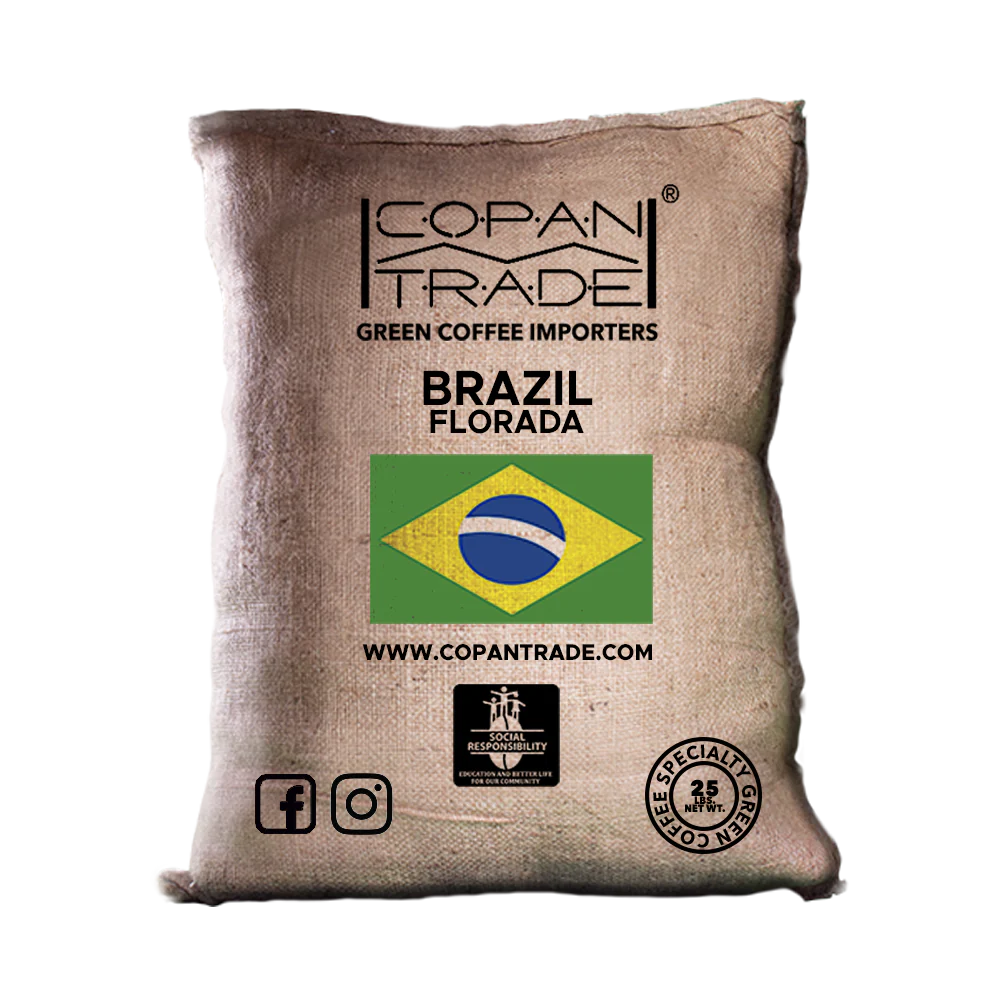
Single-Origin Brazilian Espresso: When It Works
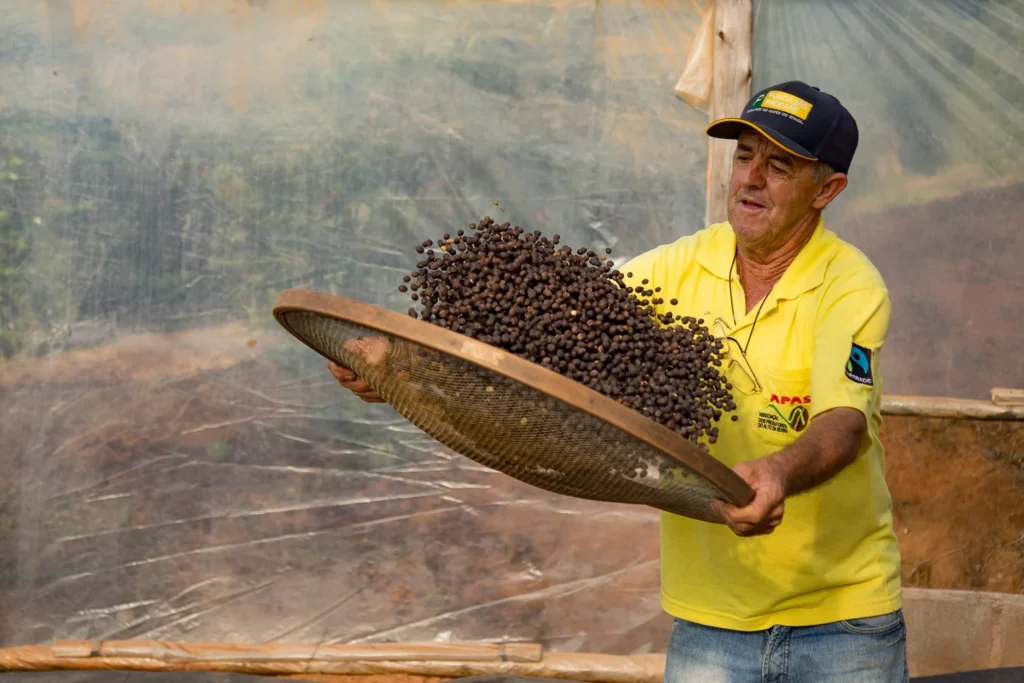
Brazilian beans are often overlooked as single-origin espressos, but when roasted thoughtfully, they can shine.
Ideal for:
- New espresso drinkers (low acidity)
- Cafés that want crowd-pleasing straight shots
- Pairing with chocolate desserts or nutty pastries
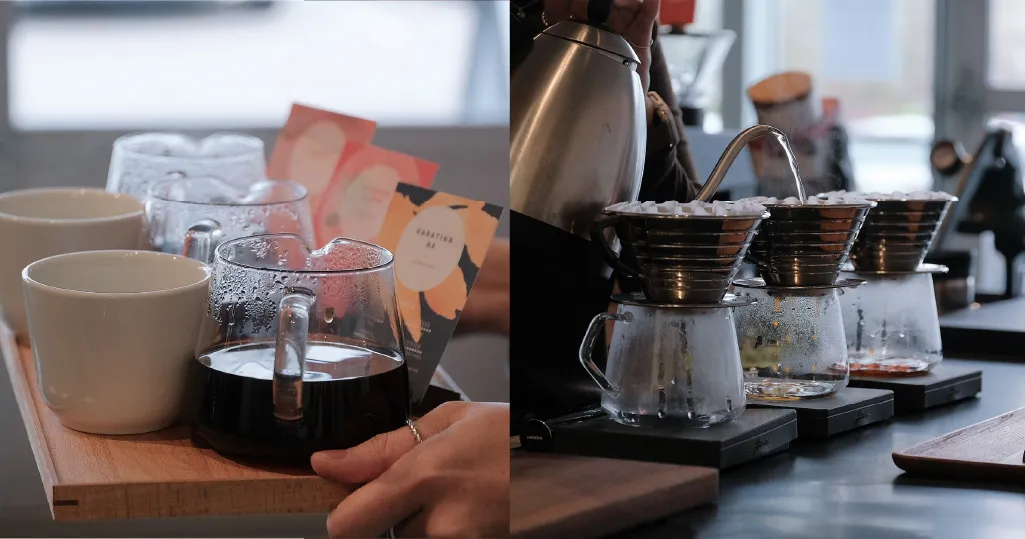
Final Thoughts
Brazilian coffee doesn’t just belong in espresso—it built the modern espresso landscape. Its consistency, affordability, and friendly flavor profile have made it a staple in blends, but its richness and body also deserve attention in single-origin expressions.
Whether you’re dialing in at home or building a café blend, Brazilian beans offer a dependable base with enough character to stand on their own.
Image 15: Barista pouring latte made from Brazilian espresso, smiling behind the bar
Written by Jose Luis Surjan
Espresso & Latin Food Expert

